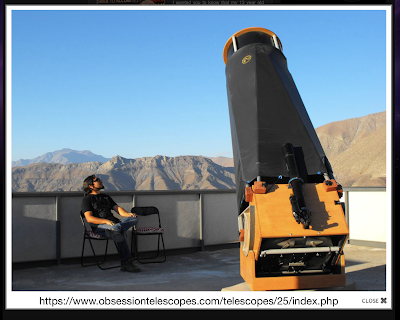Astronomers seem universally aligned against SpaceX Starlink. In point of fact, except for the selenologists who actually study the Moon, most astronomers, professional and amateur alike, consider the Moon to be light pollution. Some observational astronomers also find the planet Jupiter to be an inconvenience.
The Moon is interesting. It is complex, rich, and textured. It is not a dead world. However, neither is it accepted as a living world. The existence of Transient Lunar Phenomena is both acknowledged (provisionally) and debated, even denied. (See Columbia University here and NASA here.) And note that direct views of meteor strikes are even less well attested. (See NASA here.) Nevertheless, if it were absolutely changeless (a metaphysical impossibility), the Moon would be all the more compelling.
But it gets in the way. As the Moon waxes, it washes out the night sky.
Amateurs call galaxies and nebulae “faint fuzzies.” The average entry-level telescope of 100 mm (4 inches), whether a reflector or a refractor, will reveal some of them easily, but they will appear small and indistinct. Unless you know what you are looking for and looking at you will miss them as you scan the sky. You can find them by star-hopping or by relying on a computerized “go to” mount with a database of coordinates. However you seek them out, galaxies, globular clusters, and nebulae are best viewed when the Moon is not up. And to observe them at all well, amateurs mostly rely on larger instruments, Dobsonian reflectors of 8 or 10 inches (200 to 250 mm) or more.
Professional astronomers are no less inconvenienced, but are also more accustomed to planning and scheduling, and direct observations (usually photographic, seldom visual) are automatic. So, they work around the Moon. But it is a problem for them, as well.
At our Austin Astronomical Society December 2020 Winter Party (virtual), one of our members delivered a slide show about his trip to a deep woods star party at a national park in Wyoming. Many of the telescopes arrived on trailers or in mobile homes or domes of their own. He said that when Jupiter rose, people complained about the light pollution.
Even though the Moon gets in the way of most observing, astronomers have found special programs for it. As the Moon passes in front of other bodies, the occultation can be used to derive measurements of Lunar features or of the occulted body. The International Occultation Timing Association (IOTA at occultations dot org here) is an amateur organization founded in 1983. The Society for Popular Astronomy (UK, founded 1953; PopAstro dot com here) also has an Occultation section. The section director will prepare a spreadsheet of local observation events for SPA members.
Previously on Necessary Facts
Seeing in the Dark: Your Front Row Seat to the Universe
Testing the Stellarvue Correcting Diagonal Prism
Measuring Your Universe: Alan Hirshfeld’s Astronomy Activity Manual

No comments:
Post a Comment
Note: Only a member of this blog may post a comment.